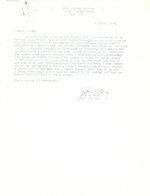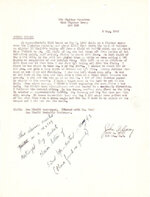Mike Williams
Senior Airman
- 572
- Oct 19, 2006
Gents,
Is there any place to look specifically if I want to find more combat reports by Capt. Carey?
Cheers,
Biff
Hello Biff, please see attached combat reports for Capt. John Carey. My understanding is that he was credited with 4.5 enemy aircraft destroyed, which looks to be what these two plus the one previously posted add up to. Check with AFHRA or National Archives for additional info.



